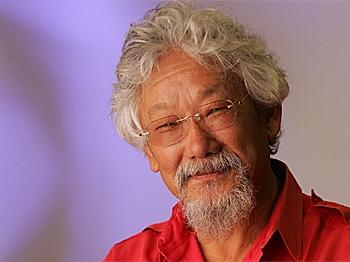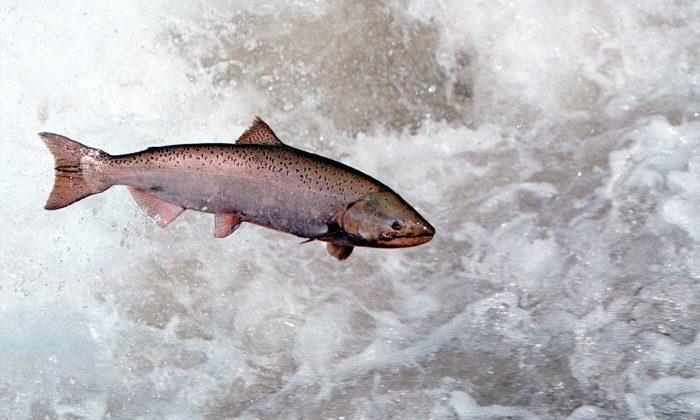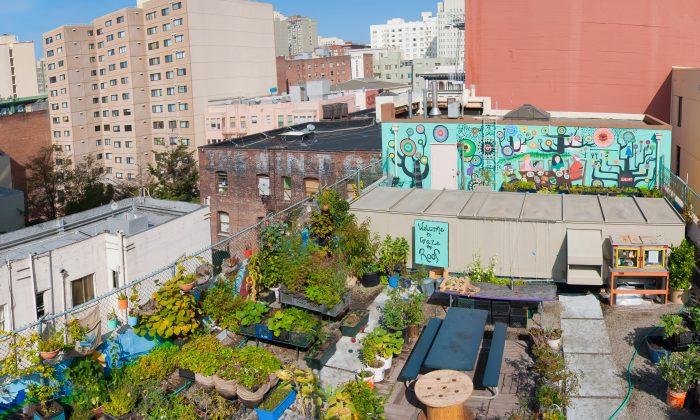In fall 2011, politicians, farmers, environmentalists, and local advocates met in Toronto to get the ball rolling for Canada’s first urban national park, in the Rouge watershed on the city’s east side.
It was a remarkably diverse gathering. Senior federal government members, including then Environment Minister Peter Kent, and provincial and municipal politicians from across party lines sat with representatives of farming and environmental groups, and local advocates who have fought for more than 30 years to protect wetlands, farms, and forests stretching from the greenbelt to Lake Ontario.
The Rouge, home to more than 1,000 plant and animal species, has a rich Aboriginal, agricultural, and ecological history. But proposed and existing urban encroachment, oil pipelines, highways, railways, and other infrastructure threaten the park. In some places, pesticides and fertilizers from intensive farming could be adversely affecting biodiversity.
Those attending the inaugural meeting to create Rouge National Urban Park rolled up their sleeves and sharpened their pencils, and by the end of the day had banged out 10 consensus principles to guide its establishment and management. These principles addressed a range of issues, including ensuring progressive governance led by Parks Canada and fostering sustainable farming in the park. Government leaders, stakeholders, and experts also identified the importance of ecological health to successful park management. Principle 8 states, “Maintain and improve the ecological health and scientific integrity of the park.”
The concept of ecological health or ecological integrity is critical to sound parks management and has been enshrined in best practices for establishment of parks and protected areas worldwide. At its core, it means parks managers must make preserving and restoring nature a top priority. As noted by Anna Baggio of the Canadian Parks and Wilderness Society, “This would mean that if planners wanted to put in a road or parking lot, for example, they would have to do it in a way that has the least harmful impact on the park. The emphasis on putting nature first is particularly important because Rouge National Urban Park is surrounded by heavily populated, urbanized areas.”
Despite the widely recognized importance of a nature-first approach for Canada’s national parks, federal legislation passed earlier this year to create Rouge Park makes no reference to ecological integrity. Instead, it contains a weak reference to ecosystem health and offers a highly discretionary approach to protecting and restoring nature.
A legal review by Ecojustice concluded that the Rouge legislation offers significantly weaker natural environment protection than either the Canada National Parks Act or Ontario’s Provincial Parks and Conservation Reserves Act. Unlike these acts, which prioritize nature, the Rouge legislation only requires that the minister “take into consideration the protection of its natural ecosystems and cultural landscapes and the maintenance of its native wildlife and of the health of those ecosystems.”
Because the Rouge legislation falls short of provincial, national, and international standards for protected areas, all three federal opposition parties have opposed it, as have Canada’s leading environmental groups. The Ontario government has also said it will not transfer provincial lands to Parks Canada to be added to the park unless the legislation is strengthened. All support the park’s creation, just not the flawed act that will govern its management.
Despite their opposition to the current legislation, environmental groups have consistently lauded federal leadership in creating the park, as well as the federal government’s recent decision to double its initial contribution by adding 21 square kilometres of federal lands in Pickering and Uxbridge.
The Rouge legislation captures many core values that motivated politicians, stakeholders, and local communities to come together to advocate for a national park in the Rouge. And we’re almost there. But the legislation must be strengthened if those values are to be effectively taken into account.
Canadians love parks and protected areas and visit them often, especially this time of year. These natural areas protect our country’s biological richness and offer Canadians and visitors alike places for respite, solitude in nature, and the physical, mental, emotional, and spiritual benefits of time spent outdoors.
We owe it to all to ensure that our parks, including Rouge National Urban Park, are supported with strong laws and policies.




